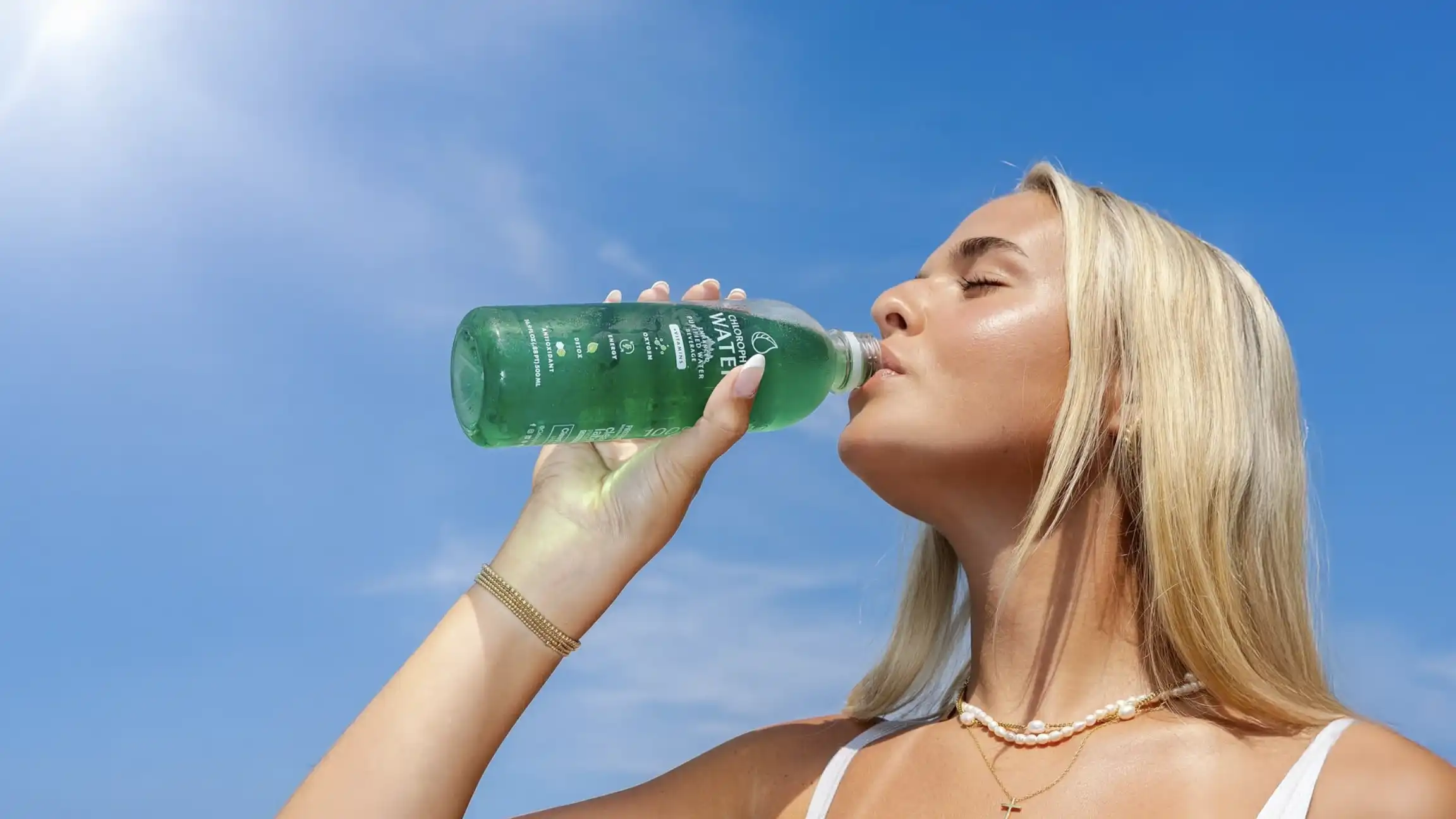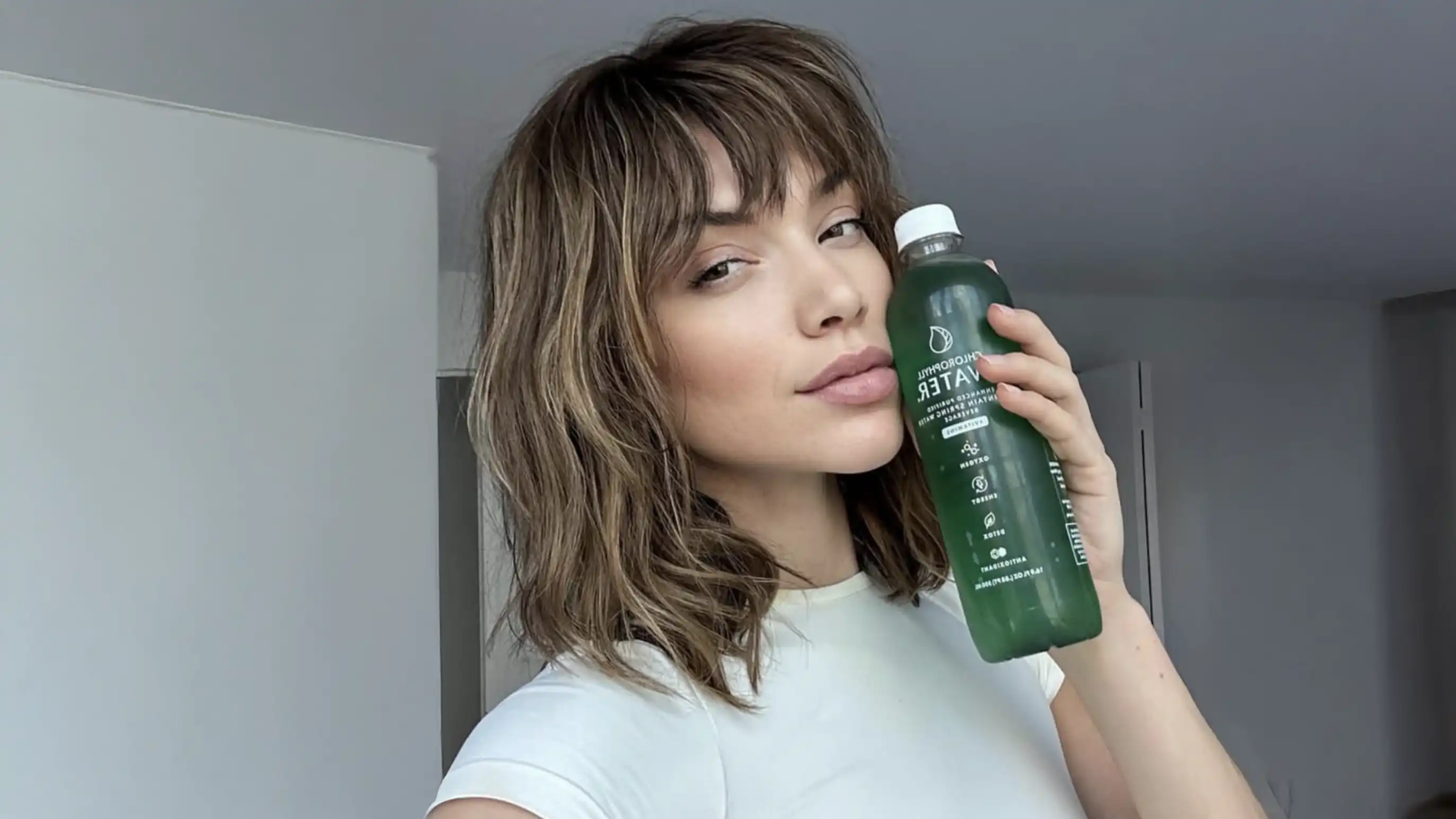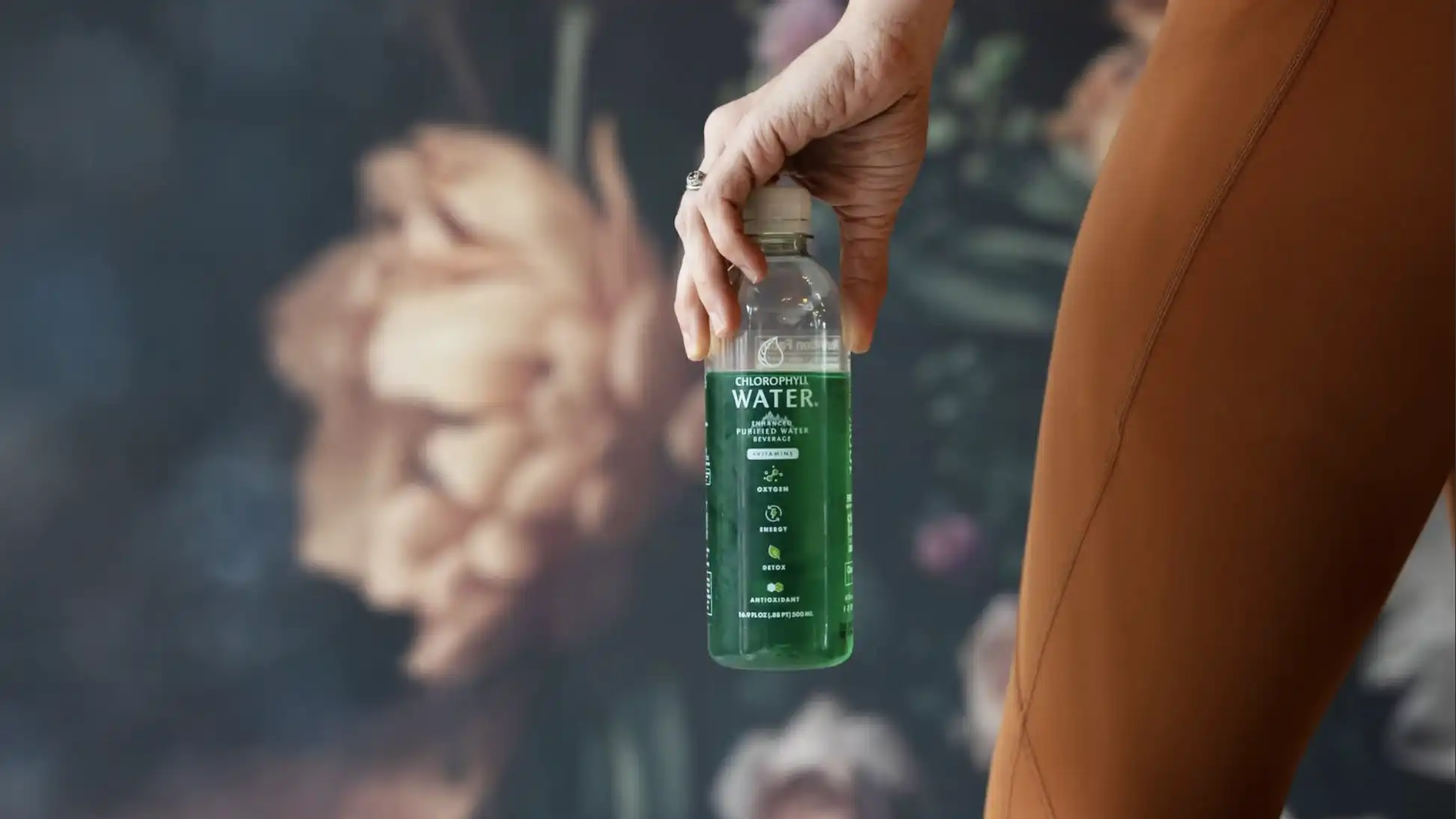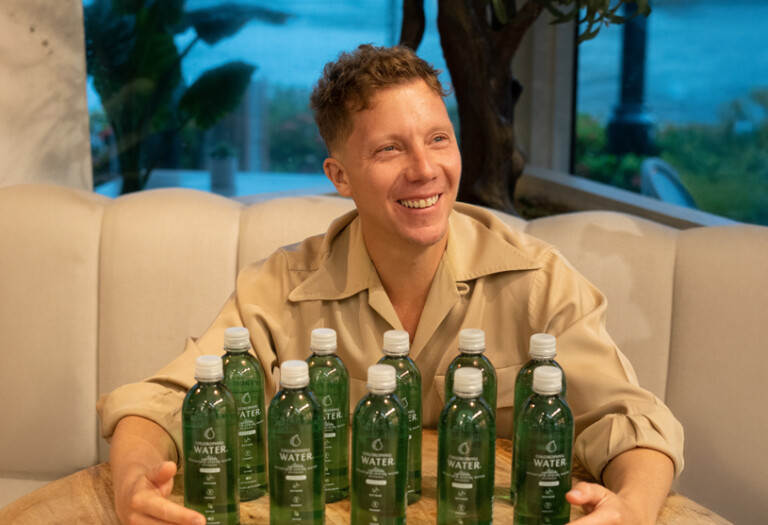Takeaway for Founders
Matt Levine’s journey with Chlorophyll Water offers a roadmap for how to bootstrap a beverage brand with purpose and precision. His lessons include:
- Let customer behavior, not investors, validate your product
- Treat small retail wins like national campaigns
- Own one product, do it better than anyone, and resist distraction
- Authenticity and transparency beat growth hacks over time
- Nimble brands can move fast enough to build categories
It Started with Green Water at Breakfast
Before chlorophyll was a trending superfood, it was just part of Matt Levine’s morning routine. “I decided to give up coffee. I was looking for all-natural energy... started putting liquid chlorophyll into my morning water. Felt great, felt energized.” The habit stuck.
As the founder of a successful hospitality group in New York, Matt was already obsessed with quality ingredients. His last restaurant featured a superfood in every dish. Spirulina, wheatgrass, and sea moss were all on the table, but chlorophyll kept standing out. Then something happened. Guests began asking about the strange green water he was drinking. “Next thing I know, the entire restaurant’s drinking green water.” It didn’t take long before the question formed: why wasn’t this already a bottled product?
“I go to chlorophyllwater.com, chlorophyllwater Instagram, and it was available. And I was like, okay… let me go.” With no formal background in CPG, Matt jumped in with what he now calls “naive optimism. I had no idea what I was doing in restaurants and I had no idea what I was doing in the chlorophyll water space. But I just kept going.”

Validation, Not Virality
Matt’s early product testing was low-tech and highly personal. He gave chlorophyll water to customers at his restaurant. He taste-tested different shades of green with residents in small-town Wisconsin. He noticed when people smiled. He watched when they didn’t. “We lined up the water from really dark to really light. The really dark looked too healthy. The light looked like swamp water. So we landed on one in the middle. That’s what you see on shelves today.” The green hue wasn’t just a flavor choice. It was an aesthetic one. Retailers later told him the color “glows on shelf,” creating a standout visual signal in crowded aisles.
Even before chlorophyll went viral on TikTok, Matt saw organic traction. “I woke up one morning, we had crazy amounts of orders. Chlorophyll hashtags were trending with 250 million impressions. Now it's over a billion.” But the brand didn’t try to ride the trend. It stuck to its roots. No pivot. No buzzword overload. Just focus on the same product it started with. “There’s viral, and there’s trendy. Then there’s something with staying power. Chlorophyll is that constant.”
Building Shelf by Shelf
Matt didn’t launch with national distribution or a full sales team. He started on a bike, pedaling bottles to yoga studios in Brooklyn. “Stores didn’t see the value. They threw it in the corner. Then the yoga studios came up, and it started selling. That’s when things changed.” A local yoga instructor who loved the product helped get it into Alo Yoga. That relationship eventually turned into a national partnership. Erewhon came next, thanks to a buyer willing to take a chance. Then Whole Foods, through their Forager program. From there: Sprouts, Urban Outfitters, Wegmans, Lazy Acres, and more.
Every step was intentional. No growth until they saw real velocity. No jumping ahead of the data. And even now, the independent stores still matter most. “Those independent retailers are really the heart and beat of chlorophyll water.” He’s quick to name-check Sunny’s on Second in Arkansas or Shoeby’s in Massachusetts as examples. Because they’re not just volume. They’re where the storytelling happens.

Selling Without Selling Out
If there’s one thing Chlorophyll Water refuses to do, it’s expand just for the sake of it. The brand has one flavor. No lineup of seasonal drops. No wild expansion of formats. Just one thing, done right. “Jack of all trades, master of none. We’re not looking for additional shelf space. We just want to provide a really hydrating, refreshing bottled water that packs benefits.” The chlorophyll is paired with vitamin A, B12, C, and D, along with organic lemon juice and natural spearmint. The taste? “Actually really good,” customers often say, usually with surprise.
Even as they added new sizes, like one-liter bottles and aluminum cans, the core product never changed. “You take all the best parts of people’s favorite waters, ultra-purified, clean label, enhanced, and we combined them into one.” Matt’s resistance to overextending doesn’t just preserve brand clarity. It keeps operations tight. That discipline has proven invaluable when supply chains get tight or sustainability targets evolve. Their first bottles were landfill-biodegradable, injected with a bio-resin. When they started morphing on shelf, the team pivoted to 100 percent recycled plastic with clean flake label technology. Now, for every bottle sold, Chlorophyll Water funds the removal of a plastic bottle from ocean-bound waste. It's a small brand, but the mission keeps getting bigger. “We're paying clean label project to test for 90 environmental toxins. We're paying Repurpose Global to remove waste from the ocean. Whether or not it drives more sales, we think it's the right thing to do.”
Staying Nimble in a Slow Industry
Many CPG brands raise millions, spend aggressively, and hope for a future acquisition. Matt took a different path. He bootstrapped the business, intentionally. “I consistently read about brands doing 40 million in revenue but losing 60 million. That’s not the path.” Instead, he applied restaurant logic to retail velocity. If something wasn’t selling, it didn’t deserve to stay. Every dollar counted. “It’s better to grow small, make small mistakes, and pivot. If something’s not working, you change it. Fast.” He still works directly with retail buyers. He offers Earth Day promotions, yoga month bundles, and even sends in influencers to create geo-targeted social posts to drive store traffic. It’s manual. But it works. And for now, retail is the primary channel, with Amazon and DTC playing smaller, supportive roles.
“People come to our website to read reviews and learn about the product. But most of the sales happen in store.” Which is why everything from the bottle color to the product story has been designed to move off shelf, without needing someone to explain it in person.

Looking Ahead
The most common feedback Matt hears? “That was actually really good.” In ten or twenty years, his vision is simple. Make wellness more accessible, make packaging more sustainable, and build a brand that people trust. “Whether you’re drinking it as a first step toward wellness or just replacing your afternoon soda, I want it to be the entry point. It’s nature’s green magic.” And if you’re a founder wondering whether you belong, Matt has one message: “No one really knows what they’re doing. So don’t wait to feel ready. Just start.”
















